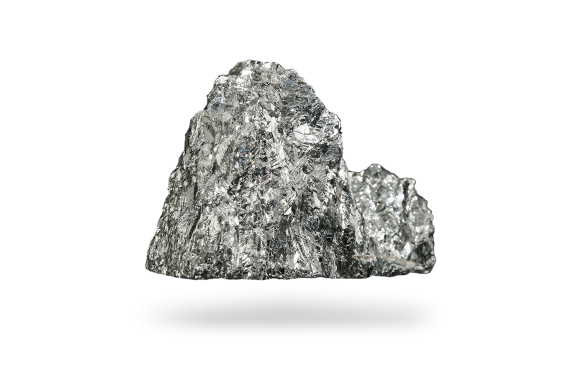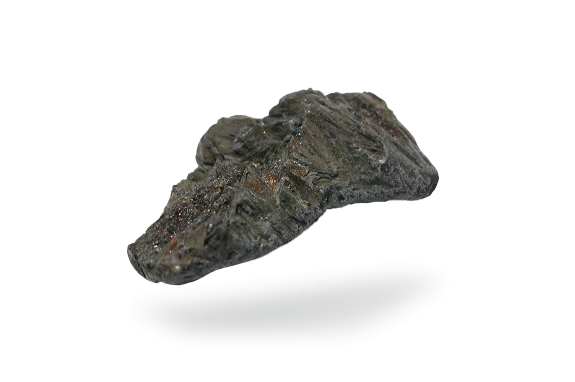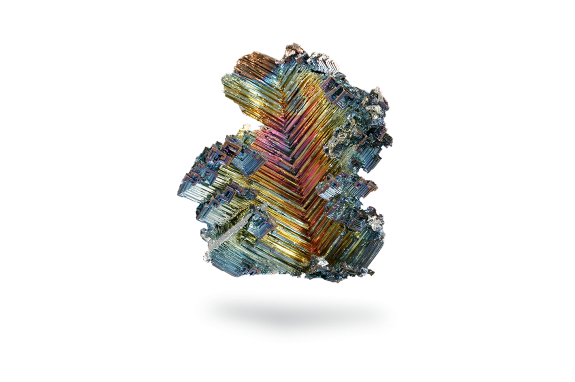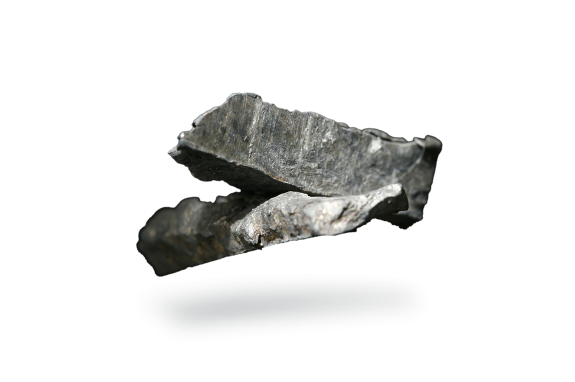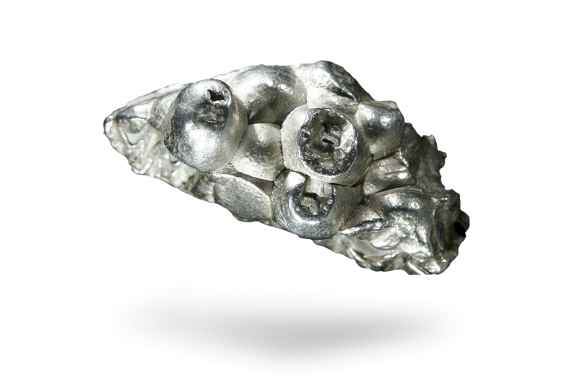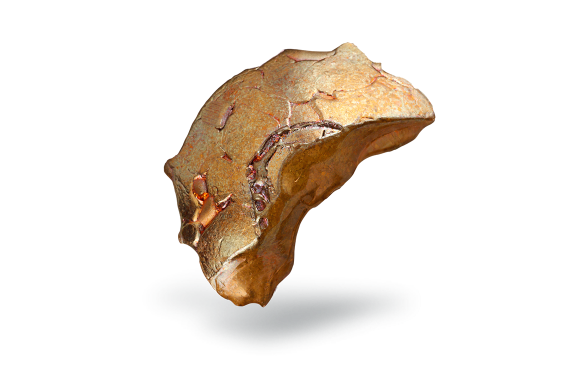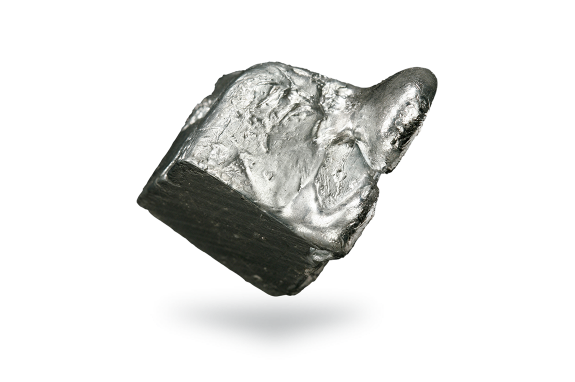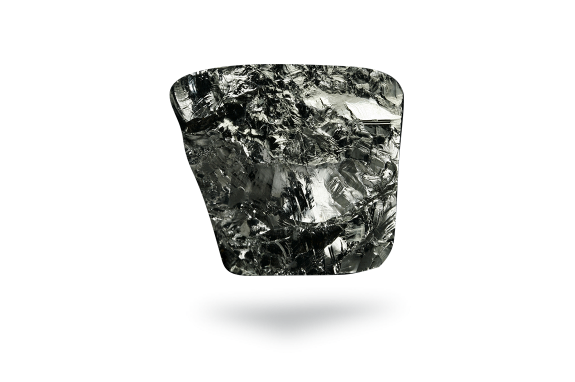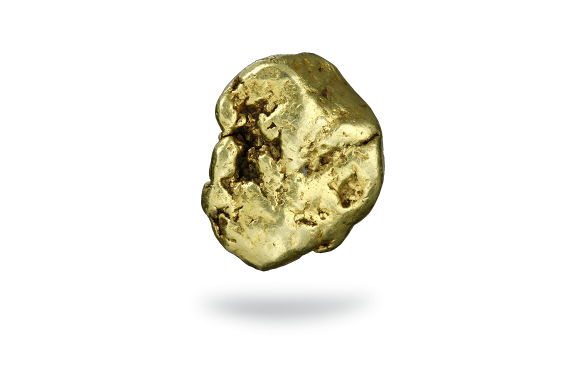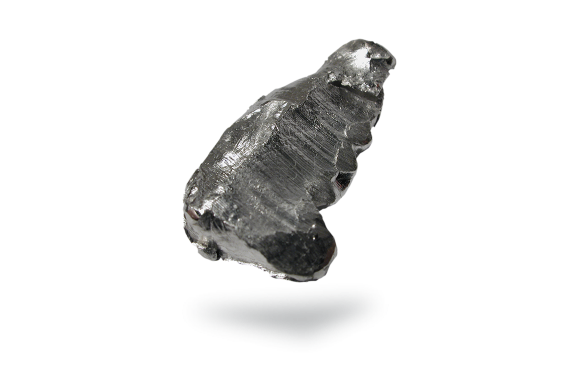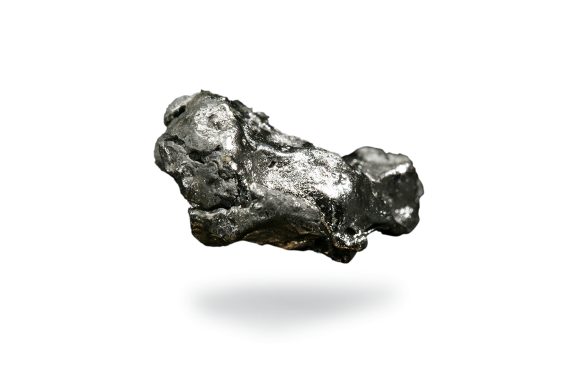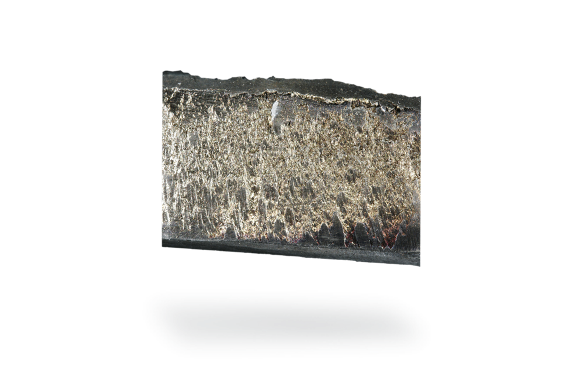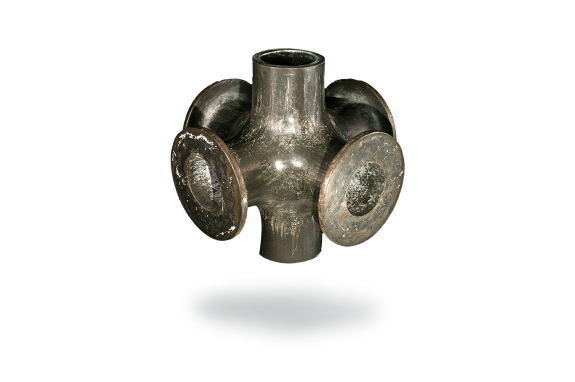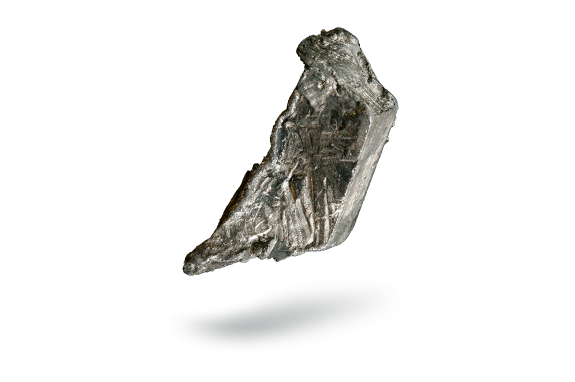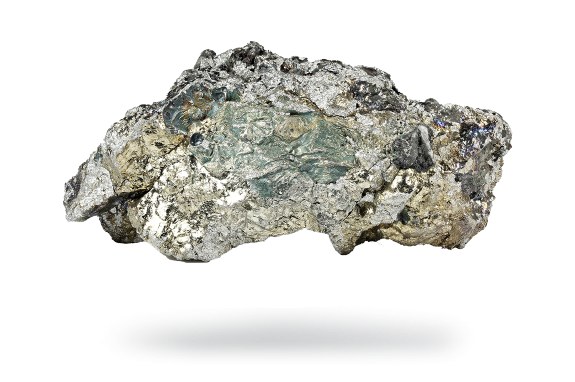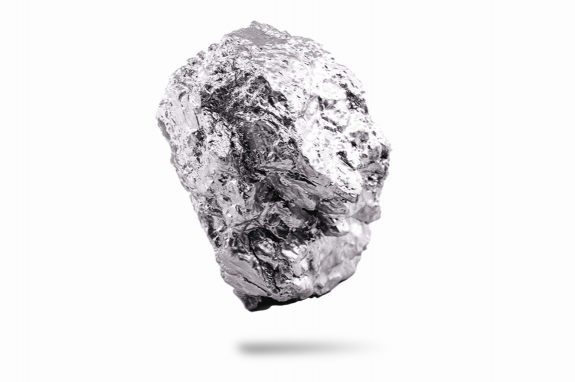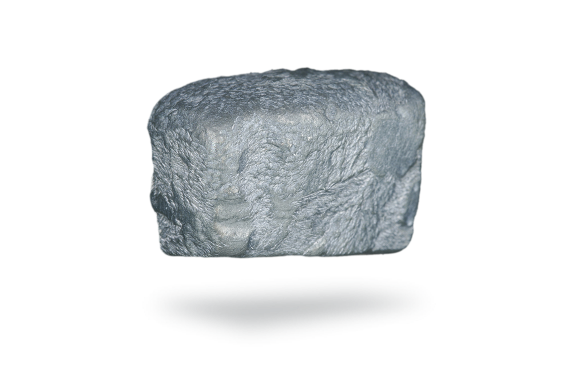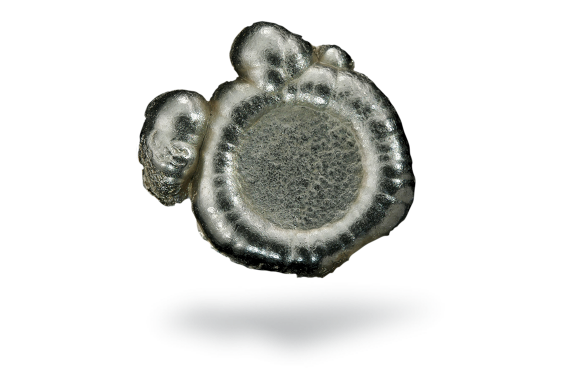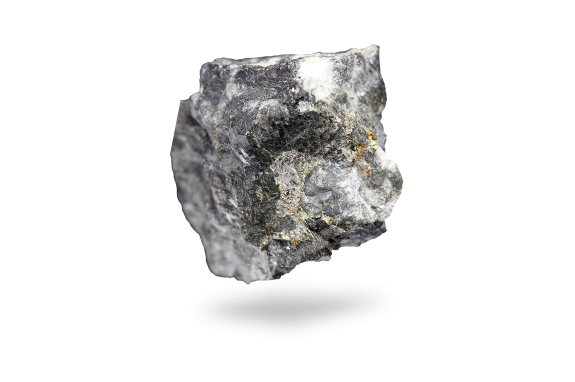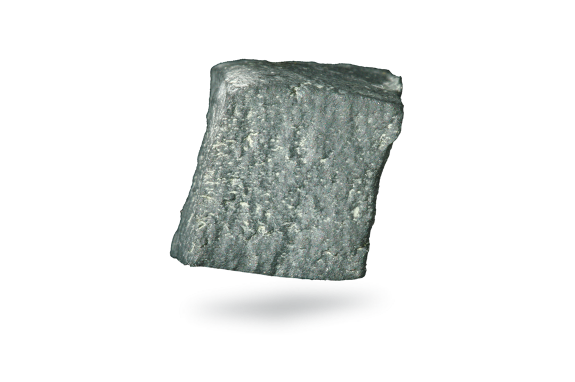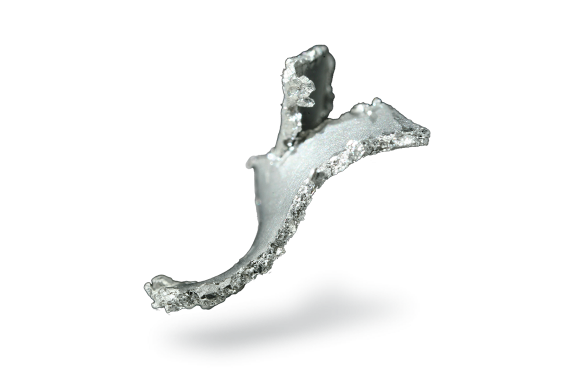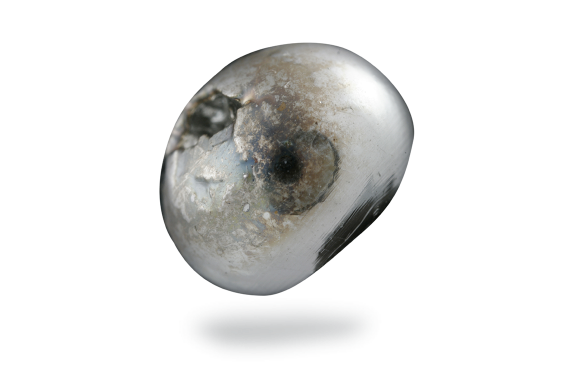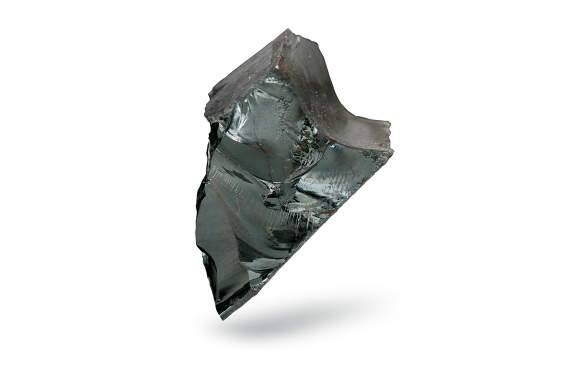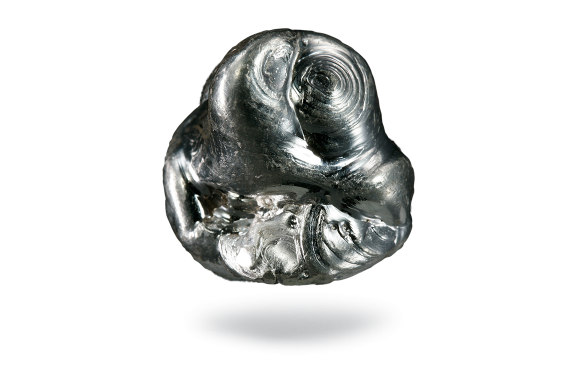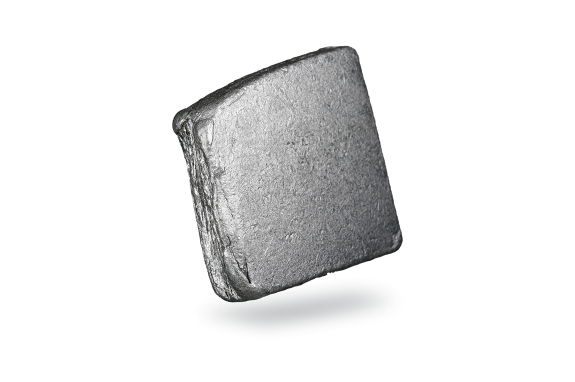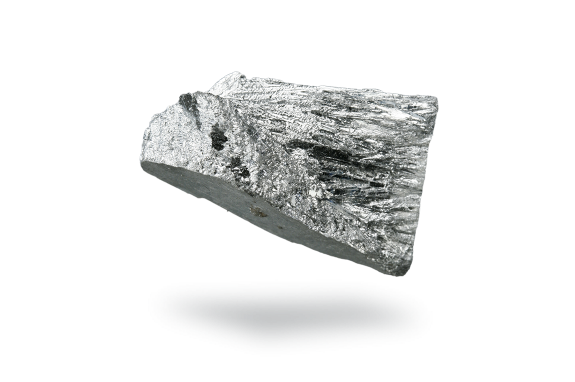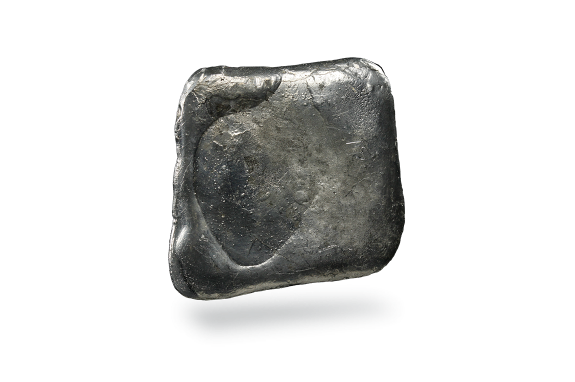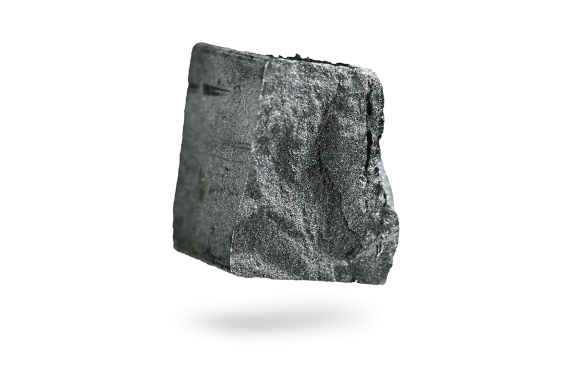Palladium
At Umicore, our mission is to make materials for a better life, contributing to a more sustainable tomorrow. Palladium is a critical component in catalytic converters that clean the exhaust fumes from petrol and hybrid vehicles. This prevents the release of harmful gases and therefore helps protect our planet.
Palladium has many other applications. Are you looking to propose? Engagement rings are often made of white gold. But can gold be white? White gold in its pure, unplated state has quite a dullish gray appearance with a yellow undertone. The finish that you see on white gold jewelry is actually not the gold itself, but gold alloyed with palladium. This is the perfect choice for items of jewelry, especially when they need to last, like engagement rings. Now you are ready for a perfect and long-lasting proposal! If that did not make you smile, maybe this will: palladium is often used for dental implants. It is also the ideal ingredient for durable photographs. Platinotyping is a method of photo printing that uses palladium and platinum salts, which become embedded in the photo paper. Platinotypes are prized for their matte appearance and archival stability — as long as the paper remains intact, so will the photograph.
Applications
About 70% of all palladium is used for its most significant purpose as a critical component in catalytic converters. Palladium is the best converter of unburnt hydrocarbons and is therefore used in mainly petrol and hybrid vehicles to convert the harmful gases in automobile exhaust fumes into less noxious substances.
Palladium also acts as a catalyst in the petrochemical industry (hydrocracking), in the production of terephthalic acid and in the purification of hydrogen peroxide. Umicore also produces catalysts for nitric acid production and palladium is used as a catchment gauze.
It has important applications in the fields of electricity and electronics, for example in Multi-Layer Ceramic Capacitors (MLCC), in computers and mobile phones. Palladium is not tarnished by the atmosphere at normal temperatures and the metal and its alloys therefore serve as substitutes for platinum in jewelry applications and in electrical contacts.
It is worth noting that since the emergence of exchange traded funds (ETFs), palladium has increasingly been used as an investment vehicle.
Recycling
Most of the world’s palladium is extracted as a byproduct of other metals such as platinum and nickel. However, recycling is providing an increasingly sizable proportion of the overall supply. Palladium can be infinitely recycled without losing its intrinsic characteristics and because of its high value, it is recycled quite readily. Most of the recycled volumes come from spent automotive catalysts as well as old jewelry, with electronics making up the remainder. The Umicore Precious Metals Refining business unit is one of the world’s largest processors and refiners of spent automotive catalysts and plays a role in closing the loop by refining various types of end-of-life spent automotive catalysts. Nevertheless, following the sharp rise in the consumption of palladium in automotive catalysts over the past few years, the current secondary supply is still much lower than global demand for the metal.
Properties
Palladium is a shiny white metal that resembles platinum and has the lowest volumetric mass and the lowest melting point of all the platinum-group metals (PGM).
Palladium is one of the most abundant platinum metals and occurs in the earth’s crust in proportions of 0.015 part per million; it is also found alloyed with native platinum.
At room temperature, it is capable of absorbing 600 to 900 times its own volume of hydrogen, depending on its physical state. This capacity is probably due to the formation of a solid solution between the metal and its own hydride, Pd2H. As hydrogen is absorbed, the metal expands. Under slight pressure, hydrogen diffuses into the palladium and is thereby purified of any accompanying gases.
History
Palladium was identified in 1803 by the chemist and physicist William Hyde Wollaston in the residue after attacking impure platinum with aqua regia. He named the element after the newly discovered asteroid Pallas.


